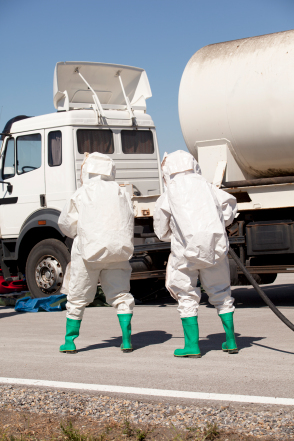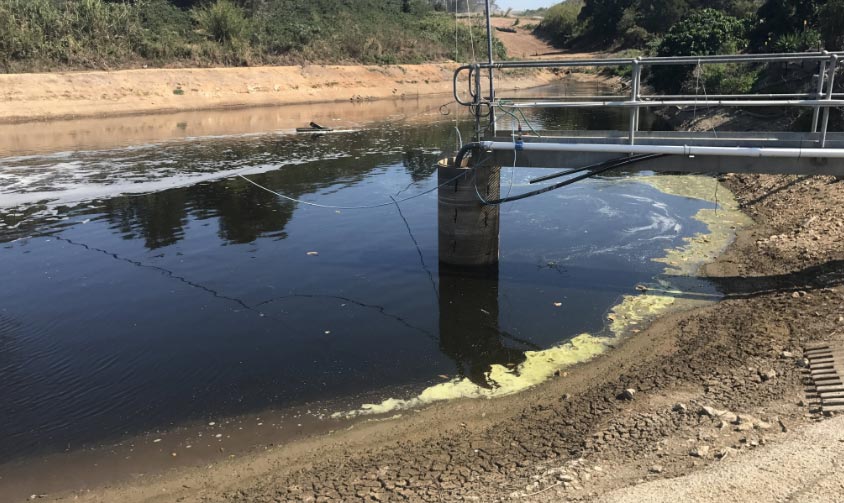Comprehensive Liquid Waste Disposal: Solutions for Homes and Companies
Comprehensive Liquid Waste Disposal: Solutions for Homes and Companies
Blog Article
Exactly How Liquid Waste Disposal Functions: A Comprehensive Overview of Techniques and Technologies Used

Overview of Fluid Waste Kind
The intricacy of fluid waste types requires a thorough understanding of their qualities and implications for disposal. Liquid waste can broadly be categorized right into numerous kinds, consisting of industrial, community, agricultural, and dangerous waste. Each category exhibits distinctive residential properties, calling for certain administration techniques to reduce environmental and wellness dangers.
Industrial liquid waste originates from making procedures and typically includes a series of impurities, such as hefty metals, solvents, and natural substances. Community fluid waste, mostly comprising wastewater from households and business facilities, includes natural matter, nutrients, and pathogens (industrial wastewater treatment). Agricultural fluid waste, including drainage from ranches, may have fertilizers, pesticides, and pet waste, positioning threats to water top quality and environments
Harmful fluid waste is defined by its poisoning, sensitivity, or potential to trigger injury. Understanding these diverse fluid waste types is important for creating effective disposal techniques and making certain conformity with environmental policies.
Physical Treatment Approaches

Testing is the preliminary step, where bigger fragments and particles are eliminated from the liquid waste using screens or grates. In sedimentation tanks, larger bits work out at the base, creating a sludge layer, while the cleared up fluid can be additional treated.
Purification is one more crucial approach that includes passing the liquid with porous products, such as sand or membrane layers, to capture smaller sized bits. This action boosts the top quality of the liquid, making it ideal for succeeding treatment procedures.

Chemical Therapy Strategies
Chemical treatment strategies are vital for effectively taking care of liquid waste, specifically in dealing with liquified and colloidal contaminants that physical techniques might not sufficiently remove. These methods make use of various chemical representatives to counteract, precipitate, or change hazardous compounds right into less damaging kinds.
One common technique is coagulation and flocculation, where chemicals such as alum or ferric chloride are included in promote the aggregation of put on hold fragments. This process improves sedimentation, permitting for easier removal of the resulting sludge. In addition, oxidation procedures, employing agents like chlorine or ozone, are utilized to damage down intricate organic compounds and microorganisms, providing the waste more secure for discharge or further treatment.
Neutralization is one more important strategy, which adjusts the pH of acidic or alkaline waste streams to neutral levels, avoiding prospective injury to downstream systems and the setting. Furthermore, advanced oxidation processes (AOPs) utilize combinations of oxidants and ultraviolet light to deteriorate consistent contaminants, attaining a greater degree of therapy performance.
Organic Therapy Procedures
Organic therapy procedures play a critical duty in the monitoring of fluid waste by making use of microbes to decay raw material and lower impurity degrees. These processes can be generally classified right into anaerobic and cardiovascular therapies, each utilizing particular microbial communities to achieve effective waste degradation.
Cardio therapy includes making use of oxygen to help with the break down of organic products by germs. This process is typically executed in activated sludge systems, where oygenation storage tanks offer a conducive setting for microbial development, resulting in the oxidation of organic toxins. The resultant biomass can be divided from treated effluent via sedimentation.
In comparison, anaerobic treatment takes place in the lack of oxygen, depending on various germs to break down natural matter. This method is specifically beneficial for high-strength waste, as it additional info generates biogas, a renewable resource resource, while minimizing sludge production. Technologies such as anaerobic digesters are regularly employed in industrial and local applications.
Both anaerobic and cardio biological therapies not only decrease the environmental influence of liquid waste yet likewise promote resource recuperation, making them necessary components of lasting waste management approaches. Their performance, adaptability, and performance support their prevalent application across different sectors.
Emerging Technologies in Disposal
Innovative strategies to fluid garbage disposal are quickly developing, driven by advancements in technology and a raising emphasis on sustainability. Among these arising technologies, membrane layer bioreactors (MBRs) have actually gained grip for their capacity to integrate organic therapy with membrane layer filtration, causing top notch effluent that can be reused in various applications. MBRs make it possible for smaller sized impacts and more effective procedures compared to typical systems.
One more appealing advancement is making use of anaerobic digestion incorporated with nutrient recovery modern technologies, which not only treats liquid waste however additionally produces biogas and recoups important nutrients like nitrogen and phosphorus. This twin benefit improves resource effectiveness and lowers environmental influence.
Furthermore, progressed oxidation procedures (AOPs) are being adopted for the degradation of complicated organic contaminants. These techniques utilize effective oxidants and stimulants to damage down contaminants at the molecular level, offering an extremely effective solution for challenging waste streams.
Furthermore, the assimilation of expert system and his explanation artificial intelligence in waste monitoring systems is optimizing functional effectiveness and predictive upkeep, causing decreased costs and improved ecological compliance. These technologies show a significant change towards more reliable and sustainable fluid garbage disposal techniques.
Verdict
To conclude, reliable liquid garbage disposal necessitates an extensive understanding of various techniques and modern technologies. The assimilation of physical, chemical, and biological treatment techniques makes sure the efficient monitoring see this page of varied waste kinds. In addition, the introduction of ingenious modern technologies boosts therapy effectiveness and advertises sustainability in waste management techniques. By continuously advancing these methods, it becomes feasible to address the growing obstacles connected with liquid waste, ultimately adding to environmental security and source recovery.
Fluid waste disposal is a critical element of environmental administration, needing an extensive understanding of different methods and technologies tailored to different waste types. Liquid waste can extensively be categorized into several types, including industrial, municipal, agricultural, and hazardous waste. Agricultural liquid waste, including overflow from farms, may include fertilizers, pesticides, and animal waste, posing risks to water quality and communities.
Various physical treatment methods play a critical function in handling liquid waste efficiently - industrial wastewater treatment.In conclusion, effective fluid waste disposal demands a comprehensive understanding of various strategies and modern technologies
Report this page